Kokugakuin Kugayama’s “Miraculous Love Letter” to Ichiro’s Guidance
Close-up look at Kokugakuin Kugayama, aiming for their first win in the Sembatsu against Arita Kogyo on the 21st.

Kokugakuin Kugayama High School, which won the Tokyo Tournament last fall and will participate in the Senbatsu Tournament for the fourth time in 11 years, will play Arita Kogyo (Saga) in the first round on April 21. Kugayama High School, which is well-known for its academic excellence with a “100% advancement rate,” made headlines last November when Ichiro, who has made numerous accomplishments in Major League Baseball, came to the school to coach the team directly. The school had to work out a miraculous story over the course of a year in order to invite Ichiro.
Naoki Ozaki, the 31-year-old manager, looks back on that time.
I felt like I had met someone I never would have met. I was given a chance to meet someone I would never have met. In fact, it was a big, intergenerational, year-long project. If you take action, something will happen. Even if something doesn’t happen, I have no regrets. When you have an idea, you act on it immediately. When you take serious action, there is something that appeals to people’s hearts. I really feel that.
A year-long “wish” was granted.
Kokugakuin Kugayama High School (Kugayama) received Ichiro’s guidance on November 29, 2021. The story goes back another year, to the fall of 2020. The team’s captain, Taiyo Ueda (sophomore), was one of the older members of the team.
Kugayama lost the Fall Tokyo Tournament to Johoku by a 17-18 score. Moreover, it was a humiliation in the first round.
Yuuki Tamura, a regular fielder who was graduating from Kugayama this March, suddenly had the idea of writing a letter to Ichiro (Special Assistant to the Chairman of the Mariners), with whom he had a previous relationship.
It seems that he sent the letter seeking advice in the midst of his disappointment over the 12-point overtime loss in the fall tournament.
Director Ken Muraki recalls.
It was winter when Director Ozaki was approached for advice.
Tamura, who had initiated the idea, came to me for advice. Tamura himself was a hit maker and admired Ichiro. He asked me if I could write a letter to Ichiro’s acquaintance, since there was a good chance I could entrust him with my letter.
Director Ozaki himself is cautious. Mr. Ichiro is naturally not close to him. I wondered if it would work out that well.
It was a hypothetical situation that I might be able to pass on. Every high school student in the world might write about it. I was not certain what kind of relationship the person I knew had with Mr. Ichiro. I told [Tamura] that he had a responsibility and that he should write with care.”
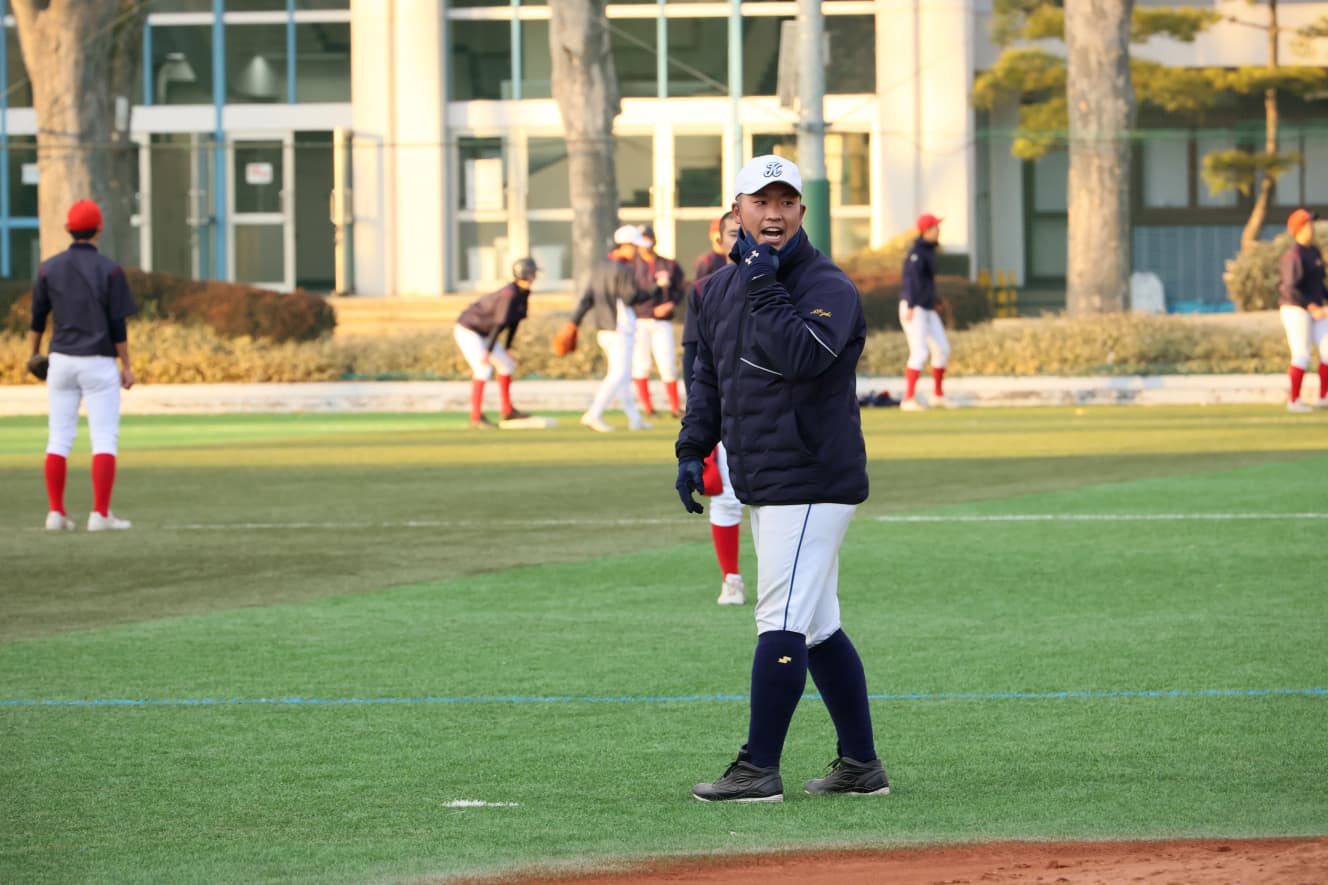
That’s what I’m going to try to write. The letters written by all the second-year students at that time, who were in Mr. Tamura’s place, were fortunately passed on to Mr. Ichiro through an acquaintance.
After the spring and into the summer, the good news came. The management company responded, “I may go. The reason I say “may” is because Ichiro was not based in Japan, but was already in the U.S. for the major league season at the time, and it was more than a few months away, so he might be able to visit during the next off-season.
The mutual season passed. A few months passed, and Mr. Tamura’s generation finished second in the West Tokyo Tournament in the summer. They had finished their high school baseball career.
I had forgotten that I had even written and submitted the letter when I received Ichiro’s reply.
The Ichiro Classroom actually took place in late autumn, a year after the team had suffered a humiliating first-round loss in the Tokyo Autumn Tournament, which they had won in a spectacular fashion, and after the Meiji Jingu Tournament had also ended.
Tamura and his team lost the tournament, but Ichiro had watched their games on the Internet. The actual coaching was for second-year students and below, but third-year students also participated and had their pictures taken.”
When Ozaki was in the first grade of elementary school, the Orix won the “Ganbarou Kobe” championship. He vividly remembers the space of the Tokyo Dome where he saw the game between Nippon Ham and the Orix.
I joined a youth baseball team in the second grade, and when I showed Ichiro a picture of me wearing an Orix hat, he was delighted.
For the players, Ichiro was already in his later years, but for me, I saw him at the peak of his career with the Mariners and the pendulum swing of the Orix. When I turned on the TV, I saw Mr. Ichiro.”
Genuine Ichiro generation. The most excited was actually the manager. He stared at Ichiro’s spikes and running shoes, then stuck close beside him and asked him questions.
I kept asking him questions about everything,” he said. The players would come to me with questions, and I would say, ‘I’m telling the manager everything, so ask the manager. The players wanted to hear from Ichiro, but I was sorry (laughs).”
Ichiro described the enthusiastic coach as, “This coach is awesome.
I love the atmosphere of this school.’
‘The passion for baseball is pleasant. I like people like that.
He also left such impressions.
Ichiro said in a sports program that he keeps the letter he received in a drawer where he keeps his important things in Seattle.
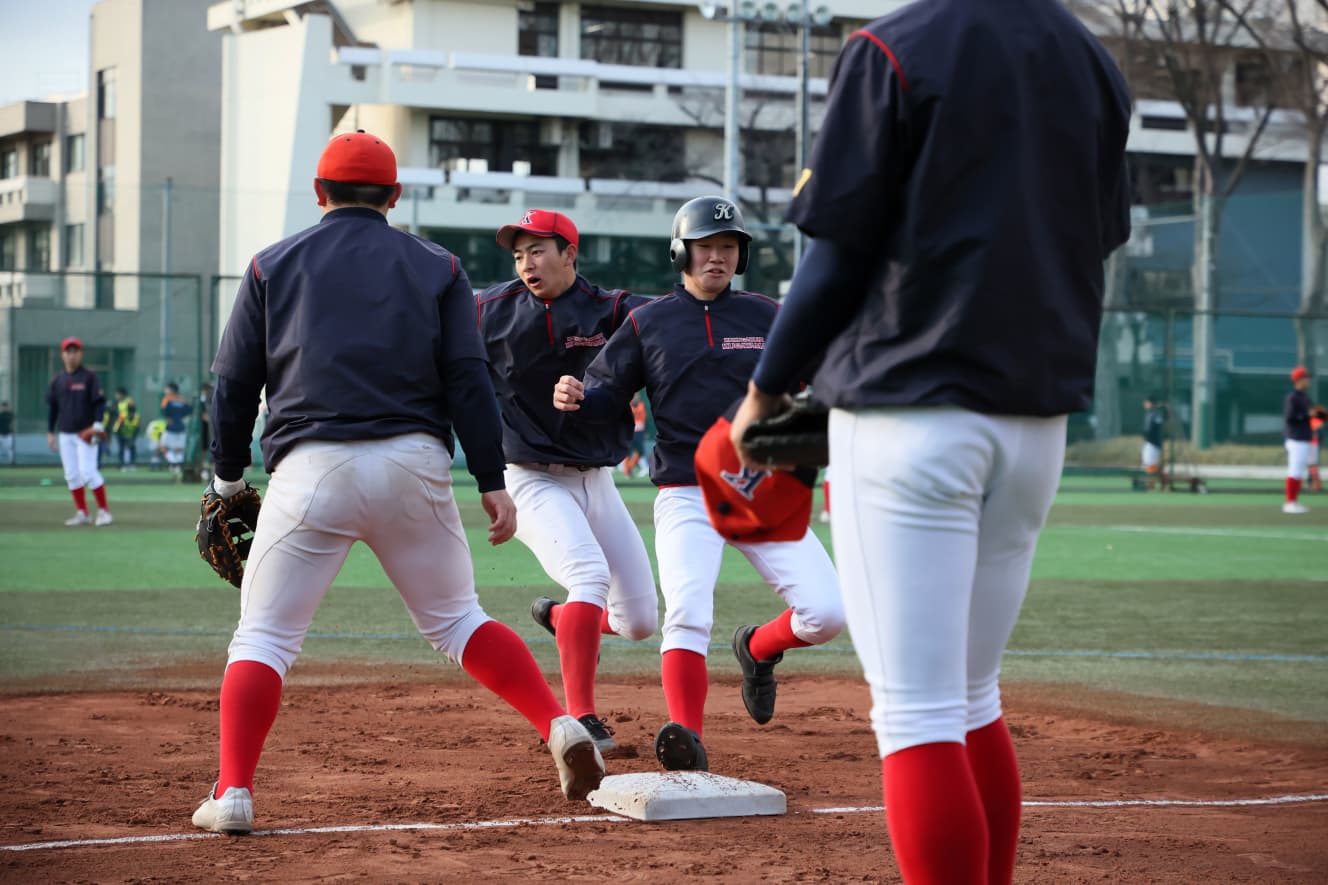
It’s okay to be bothered.”
On the other hand, a treasure that the members of the Kugayama baseball team received from Mr. Ichiro is a bat. The bat was used for free batting, and when they were about to leave after practice, they said, “Oh, I forgot. He left it behind.
He said, “If you have this, you’ll remember it’s me. You won’t forget what I taught you. I asked him if I could hit it, but he said it was a soft material and would break, so I could swing it.
Director Ozaki says with a broken face. He is always propped up against the back net like a guardian deity. He never lays it down. He follows Ichiro’s example of taking good care of his tools.
What did the players gain from his advice? We asked him.
He told me, “On a personal note, during the tournament, I was giving trouble to the team because I couldn’t hit in my chances, and I was trying to figure out what to do. I felt better when he said that. He said it was okay to worry.
Ichiro told me the original thing he had done. That was something we didn’t know. I ask people around me and teach each other things I don’t know on my own, such as baserunning and batting. I think our attitude toward practice has changed.”
As one of the most advanced schools in Tokyo, the school dismisses completely at 7:00 p.m. and practice time is about three hours. The ground is also shared with the soccer club. On the day we visited, the soccer team finished practice at 6:15 p.m. and began free batting, which was not on their schedule. Even the smallest amount of time is not wasted. They are thinking about how to make the most of the limited time they have.
A circle formed in the middle of the practice of the pincer play of pitching and pitching-in coordination. Instead of the coach giving instructions to the players, the runners came up with ideas and confirmed them. In this way, they create their own originality. Director Ozaki explains it this way.
We voice our opinions from all perspectives. Mainstays and substitutes are irrelevant. I want them to tell me what they think, regardless of whether they are good or bad. Only 18 of us are members of the team, but the rest of us wear Kugayama’s uniform and are in this environment. I say they all have a chance and are a force to be reckoned with.”
This is what coach Ozaki calls Kugayama’s all-member baseball team.
It is not just about making the players do what you teach them; it is about bringing out the best in them. To this end, he has gathered a good staff, and while providing guidelines for the coach, he has valued the expertise of each coach and trainer.
In parallel, since taking over in 2013, Ozaki has also received advice from Toshiaki Takeda, general manager of Kokugakuin University. He has frequently called on the famous coach, who has led his teams to the Koshien Tournament many times while coaching at Tohoku High School and Sendai Ikuei, and has trained many professional players such as Kazuhiro Sasaki and Motohiro Shima, to question and absorb his training intentions and mental attitude. The team was quickly ignited by a group of highly motivated players who wanted to play baseball to the fullest.
Kugayama was unable to win at Koshien, but I feel that a new history has begun with their victory in 2019. Before, we were dressed up. The generation that went to Koshien started doing things that made them sweat. When smart kids do muddy things, they are strong. If you really put your mind to it, you can do this kind of thing. I think they realized that it was up to them.
The current second-year students are the ones who entered the school after seeing the Koshien victory, so they work on the assumption that they are going to go. They have that kind of greed, ambition, and inquisitiveness.”
I did not know that a third-year student, one grade above captain Ueda, had written a letter to Ichiro.
I didn’t know that a third-year student, who is one year above the captain, had written a letter to Ichiro. I want to do my best to embody that.”
They have not won a single game in the past three Sembatsu tournaments. Opening the door to a new history with the first win and leading to a rapid advance will repay the wishes of the third-year students who seriously invited Mr. Ichiro to join them.
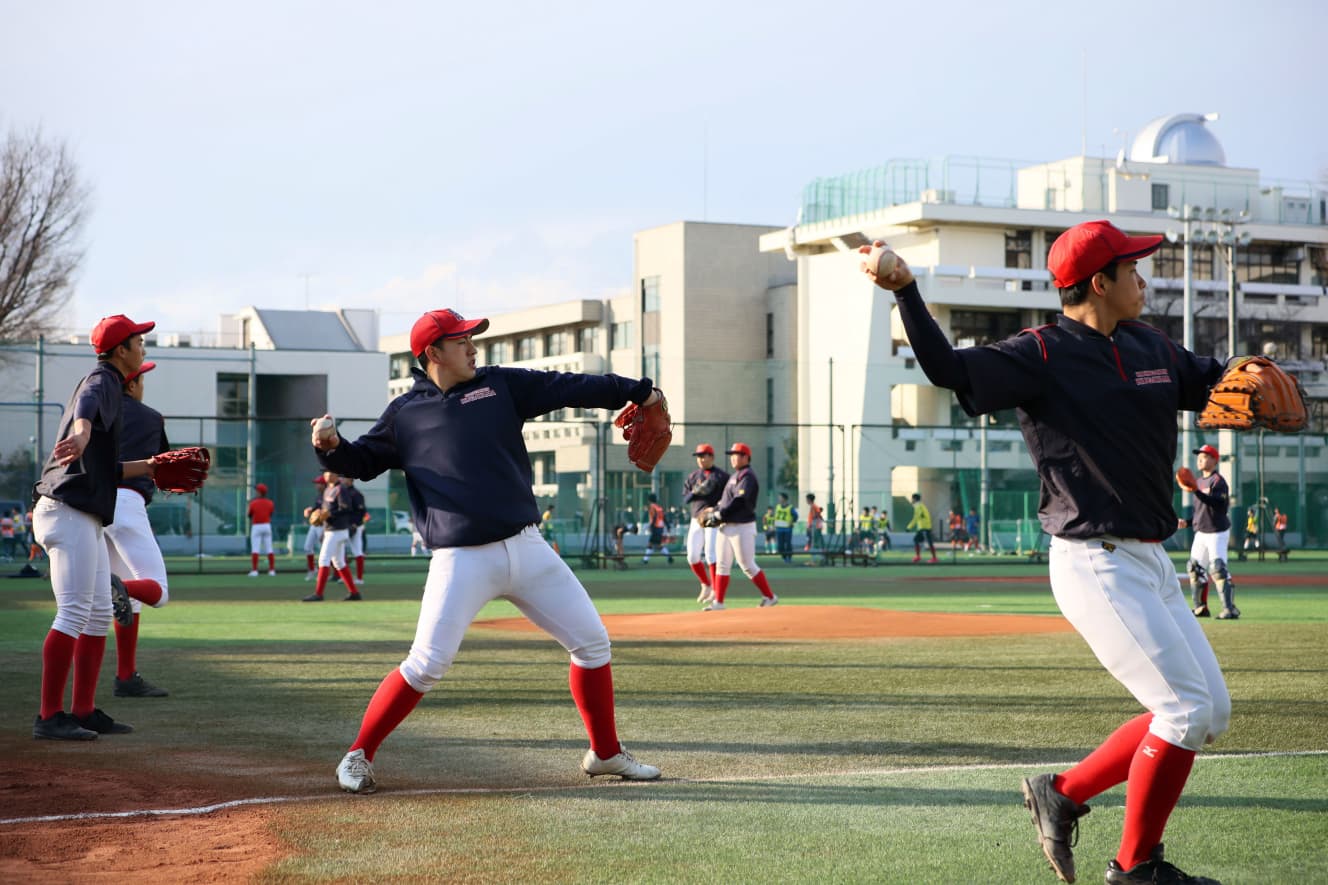
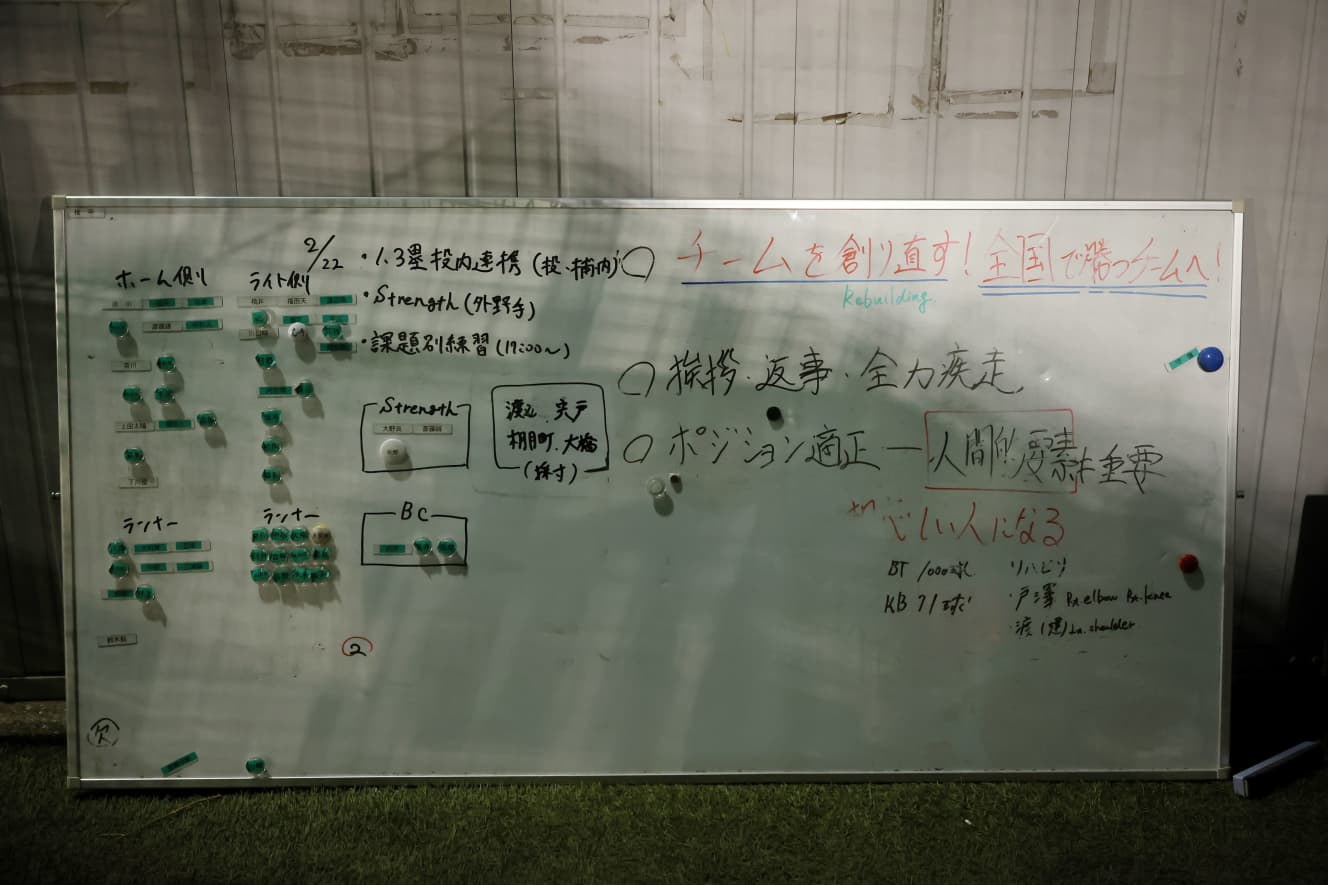
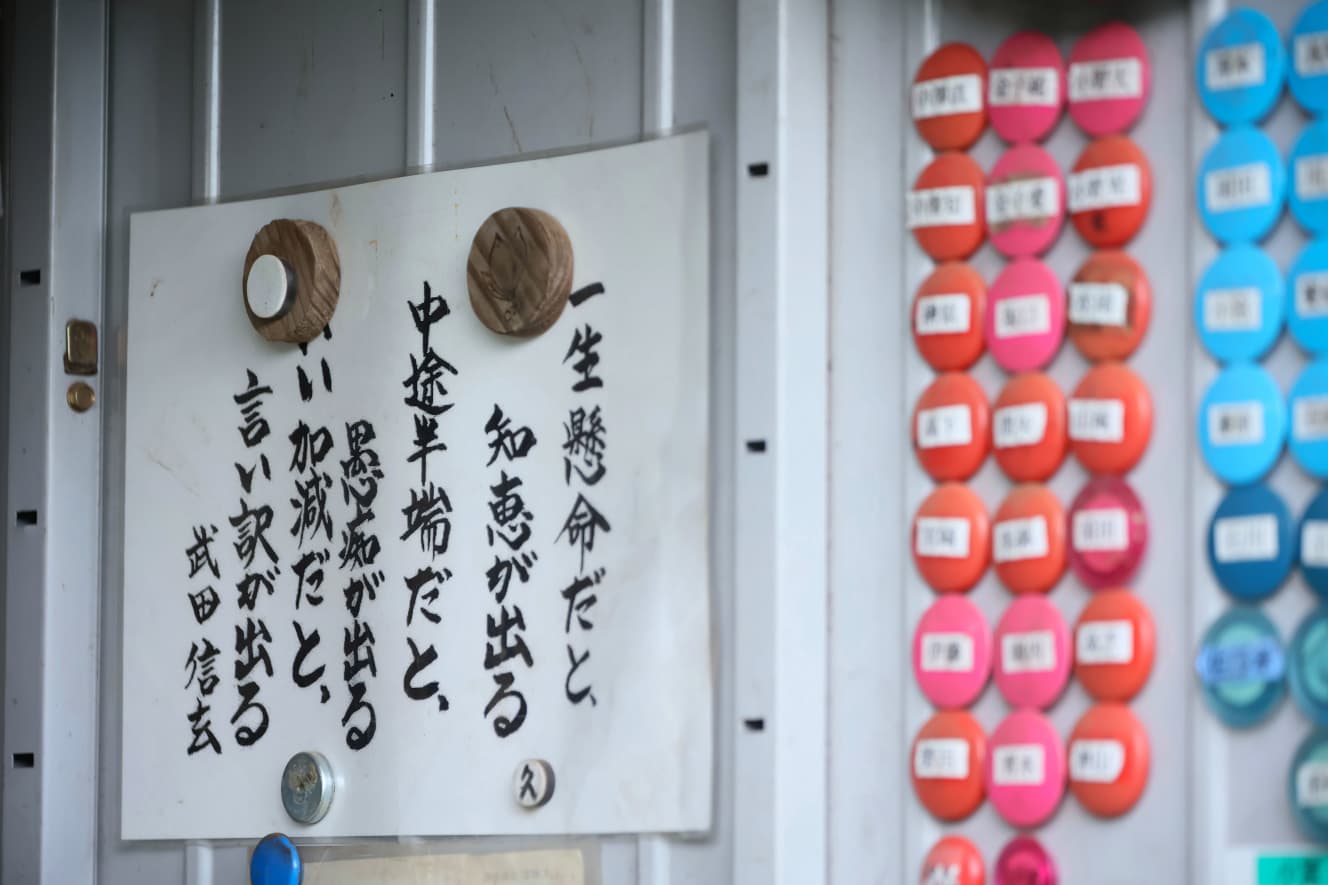

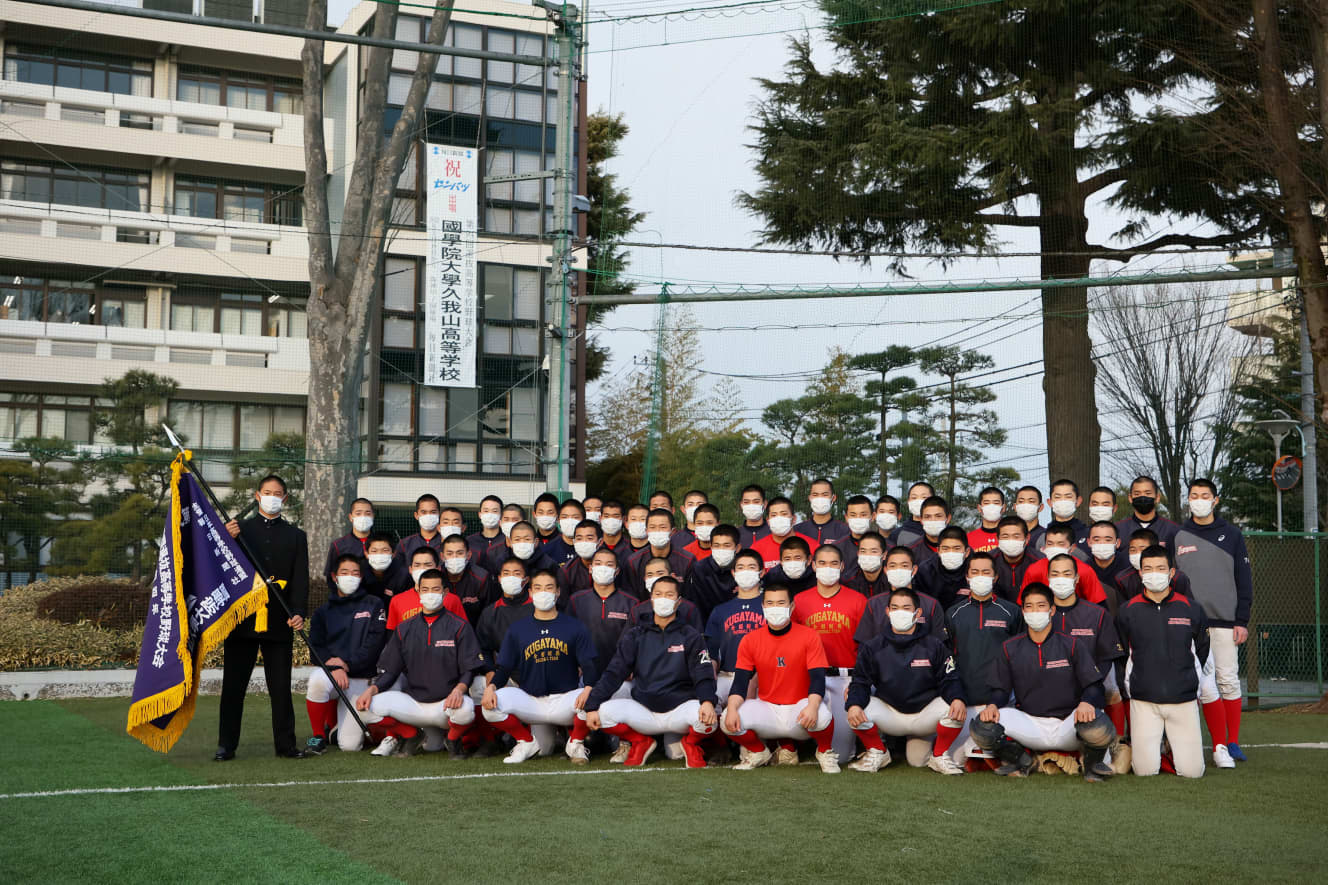
Interview and text: Takeshi Shimizu Photography: Katsumi Murata